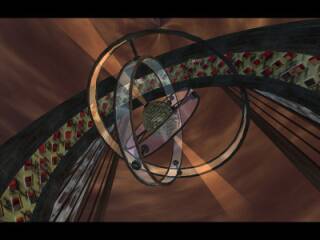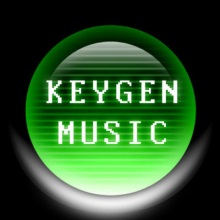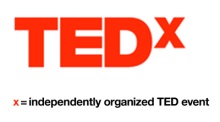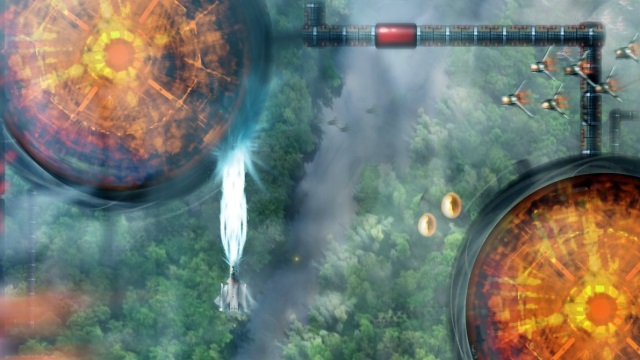
Due to one thing or another there wasn’t enough time to write the article I had planned for this week. Rather than just wait a fortnight I’ve decided instead to take the opportunity for a bit of a link clearance. So here follows a grab-bag of interesting music-related stories, articles and titbits that have built up over the years.
The Product
 Or, to use its full name, .fr-08: .the .product – a demo in 63.5 kb.
Or, to use its full name, .fr-08: .the .product – a demo in 63.5 kb.
Farbrausch, to use their own words, are “a group of people participating in the so called demo scene”, and they make frankly astounding procedurally-generated 3D video out of infeasibly small executables. Back in 2000 I had my first exposure to them when I downloaded The Product, and it felt like I was watching the future unfold. Of course, as technology exploded gaming never quite went in this direction, but as worlds get bigger and bigger procedurally-generated content is alive and thriving. Just look at Minecraft for example. But back to The Product…
how much graphics, sound and program code can be stored in 64kbytes? when .fr-08 .the .product was released at christmas 2000, it made a convincing statement by showing seven completely different 3d scenes with 16 minutes of realtime synthesized music.
The Product, as well as a number of related demos, can be downloaded from the Product homepage. But because this is meant to be a music-related post, here’s a partial extract of the audio:
Eleven minutes of high quality music. The full version is sixteen. Sixteen. Out of a 64kB file that also produces rendered and animated video of 3D scenes, a loading screen and credits. It boggles the mind.
The Xbox Boot Sound
 Can you remember as far back as the original Xbox? When Microsoft was mocked for entering an established industry dominated by Nintendo and Sony? You do? Excellent. Remember the startup screen, the little video that played to disguise the fact that your console was really a computer that had to boot up like any other? It sounded something like this…
Can you remember as far back as the original Xbox? When Microsoft was mocked for entering an established industry dominated by Nintendo and Sony? You do? Excellent. Remember the startup screen, the little video that played to disguise the fact that your console was really a computer that had to boot up like any other? It sounded something like this…
Such a simple thing. Record the sound you want, stick it in the machine. Boom, done. But no. It’s never that simple. The startup sequence only had 256kB to play with, and after the kernel and the video were accounted for, there was only 25 kilobytes left over for the audio.
Sometimes even in the days of ‘DVD quality,” live orchestral game soundtracks, real-time Dolby Digital and powerful synthesis chips, it’s necessary to go back to the old-school video game sound bag of tricks to get the job done…
– Brian Schmidt
Read all about it: Designing the Boot Sound for the Original Xbox.
Decomposing Mario Sound Effects
 Mark DeSimone has analysed the sound effects from Super Mario Brothers, broken them down, transcribed them into musical notation and recreated them in MIDI. As he asks, “The question is, what on earth are you going to do with it?” Who knows? Use it in music videos in one case. It’s great simply as an exercise and fascinating to watch.
Mark DeSimone has analysed the sound effects from Super Mario Brothers, broken them down, transcribed them into musical notation and recreated them in MIDI. As he asks, “The question is, what on earth are you going to do with it?” Who knows? Use it in music videos in one case. It’s great simply as an exercise and fascinating to watch.
Remembering Keygen Music
 Although, obviously, you’ll have never used them for anything illicit, you might well have come across keygens, crackers, trainers and so forth. For mysterious reasons rooted in the murky depths of history, such programs usually came accompanied by a chiptune track, and often they were brilliant.
Although, obviously, you’ll have never used them for anything illicit, you might well have come across keygens, crackers, trainers and so forth. For mysterious reasons rooted in the murky depths of history, such programs usually came accompanied by a chiptune track, and often they were brilliant.
KeyGenMusic has gathered a huge number of these tracks into a single – slightly hard to navigate – archived for your aural pleasure. Thankfully over at rushpro you can play a curated list of some of the best right there in your browser thingummy.
It’s mostly in XM format, and you can follow the instructions from Picklez, summarised here just in case…
- Use AIMP2. It’s freeware.
- Add your XM tracks to the playlist.
- Press Ctrl+K to start the conversion utility.
- Drag the tracks from the playlist to the converter.
- Edit the tags (remember to press ‘save’ for each track)
- Select your output format, filename structure and location.
- Off you go.
As they say on Blue Peter, here’s a couple of prepared earlier:
[Note: I in no way condone pirated software. Seriously, the internet is so full of legitimately free and awesome stuff, why even bother?]
Tommy Tallarico: “Video Games – Art in Disguise”
 Tommy Tallarico is a veteran of the video game industry and the founder of Video Games Live. His recent TEDx talk is a wonderfully interesting discussion of games as art covering topics from the effect of the Space Invaders music on the human heartbeat to game-inspired posts on DeviantArt.
Tommy Tallarico is a veteran of the video game industry and the founder of Video Games Live. His recent TEDx talk is a wonderfully interesting discussion of games as art covering topics from the effect of the Space Invaders music on the human heartbeat to game-inspired posts on DeviantArt.
Orioto
 Speaking of DeviantArt, let’s finish off with something completely un-music-related. Orioto is an artist who creates the most beautiful paintings from video games. Ranging from the ancient to the modern, it seems like there’s no game or era he can’t capture in his distinctive style and his eye for picking out iconic moments or memories.
Speaking of DeviantArt, let’s finish off with something completely un-music-related. Orioto is an artist who creates the most beautiful paintings from video games. Ranging from the ancient to the modern, it seems like there’s no game or era he can’t capture in his distinctive style and his eye for picking out iconic moments or memories.

 Farbrausch - The Product
Farbrausch - The Product